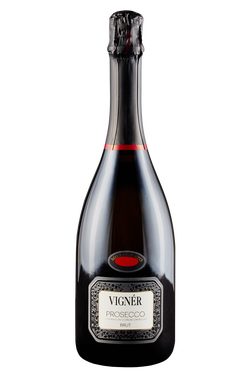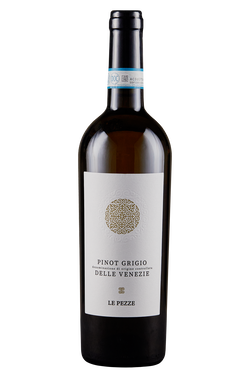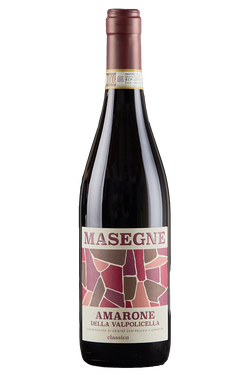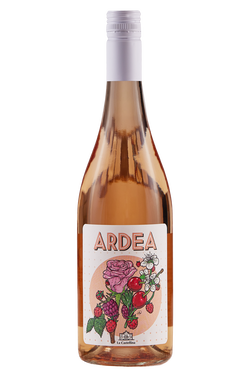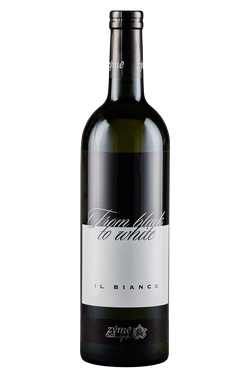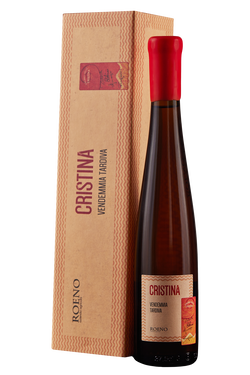- Wines >
- Veneto
Veneto’s wines and great white wines
The history of wines in the Veneto region began long before the Greeks, and it is believed that vines grew here before the time of Christ, but it was only during the Middle Ages that wines from Veneto began to be exported to other countries. Towards the mid-1500s, the importation of Greek wines drastically decreased, offering the possibility for local wines to develop. It was in this period that wines from the Treviso, Vicenza and Valpolicella area began to earn their reputation. Over the centuries, frosts, the onset of parasites and unfavourable economic conditions stopped the sector from flourishing. Veneto’s winemakers did not lose heart, and in 1876 they founded the Scuola di Enologia di Conegliano and in 1923 the Stazione Sperimentale di Viticoltura ed Enologia. Thanks to the research and commitment of these two institutes, it was possible to relaunch winemaking in Veneto. The importance of Veneto in the wine sector should not be underestimated, either in terms of territorial extension or production capacity. The region contains a large number of wineries, from small to large producers, and over 70,000 hectares of vineyards. Veneto DOC and DOCG wines are unique in that they come mostly from native and original varieties, and are also produced using local techniques which interpret a glorious tradition. Every year the wines of Veneto show excellence across the entire region, which boasts 14 DOCG, 28 DOC and 10 IGT designations. Production is divided into 30% red and rosé wines, and 70% white wines. Among the latter, the most popular remains Prosecco, accounting for the largest area under vine, followed by Merlot and Garganega, the most important grape variety. Among the other white wines of Veneto we find Soave, produced from Garganega and Trebbiano di Soave grapes.
Teroldego and Veneto’s red wines
Teroldego is also worthy of note. This is a native black grape variety of ancient origins, particularly widespread in Trentino, especially in the Rotaliana alluvial plain between the Adige and the Noce rivers on the border with Alto Adige, surrounded by rock faces that protect it from cold winds, where it finds its best habitat. The variety probably came from Valpolicella (Verona) where it was known as “Tirodola”. Other scholars argue that the name derives from “Tiroler Gold”, confirming Tyrolean origins for this variety. Either way, it is certain that the name is related to a particular place: Teroldeghe in the municipality of Mezzolombardo (Trento), and the wine is already mentioned in notarial deeds of 1480. This variety is related to Lagrein, Marzemino and Syrah, and gives quite high yields, meaning that constant yield control is necessary when growing it. In the glass it shows a dark, dense hue, with intense fruity aromas of ripe cherry, blackberry, and wild berries. As it ages, these are enriched with notes of cocoa, sweet spice, liquorice, pepper and rhubarb. On the palate it expresses a symphony of warm, enveloping notes and firm structure, enlivened by an attractive acidic vein. When young, Teroldego is a simple wine, suitable for accompanying meat-based pasta and rice dishes, such as tagliatelle al ragù or lasagna, while aged bottles go well with mature cheeses, grilled meats and game. Nor should we forget Valpolicella Ripasso, obtained thanks to a particular vinification technique and Amarone, obtained from partial drying of the grapes. Amarone has DOCG status, as does Bardolino Superiore, recently awarded the same designation.
Tasting and pairings
When speaking or writing about wines from the Veneto region, it becomes clear that tradition is of crucial importance. Wine is part of local history here, and lives on through the passion, work and research of wine producers. Only by visiting the cellars and vineyards can you see for yourself how much work is behind a glass of wine, the result of generations of winemakers who have handed down the trade from father to son, but who are not afraid to experiment and innovate. Everything takes place with the utmost respect for the environment, especially in the case of organic winemaking. These are the so-called Venetian cicchetti (anchovy fillets stuffed with a mixture of olives, capers, oregano and Extra Virgin Olive Oil – Veneto DOP dei Colli Euganei e Berici), which go well with a Conegliano Valdobbiadene Prosecco Superiore Spumante Extra Dry, while sarde in saor (fried sardines with sweet and sour onion, raisins and pine nuts), require the freshness and elegant aromas of a Soave Superiore. First courses such as bigoli with duck sauce are best enjoyed with a Valpolicella Superiore, while a Piave Manzoni Bianco perfectly enhances the flavours of a risotto with brodetto di go (lagoon goby broth). Risotto with Treviso red radicchio, meanwhile, is ideal with a Colli Berici Tai Rosso. Among the main courses, the legendary baccalà alla vicentina with white polenta goes well with a Breganze Vespaiolo, while the flavour of pastissada de caval (horse meat macerated in wine with spices and herbs), is enhanced by an Amarone della Valpolicella. There is no lack of desserts either, such as the exquisite Bussolà (ciambella with pine nuts and almonds), to be combined with a Breganze Torcolato wine; or pinza (made from leftover bread, fennel seeds, raisins, dried figs and orange peel) with a Recioto di Soave wine.
Winemaking in Veneto
In some zones, in addition to native varieties, “imported” cultivars have also established themselves, gradually replacing local varieties and biotypes. This diversity has led to the application of a wide range of farming methods. A native variety is a particular variety of grape used for the production of wine, cultivated and widespread in the same historical area of origin of the variety itself, and thus one which has not been transplanted from other areas. Each native variety has its own characteristic and distinctive shape and colour as far as regards bunches, grapes and leaves, and endows the wine obtained from it with a specific, typical sensory profile. The DOC wines of Veneto can now also market themselves with a new tool: Viticultural Zoning, promoted by the Veneto Regional Council and Veneto Agricoltura. This project involves mapping the main wine districts by drawing up for each one a complete picture of the interactions between grape variety and terroir. The initiative aims to make DOC wines increasingly appreciated in Italy and abroad. In 2021, Veneto was confirmed as the leading region for the 2021 harvest thanks to its 11 million litres of wine from the Chardonnay, Pinot and Sauvignon varieties. Furthermore, the region also appears in the list of winners of the Premio Qualità Italia 2021 drawn up for the various categories of the wine competition. 5 wines from Veneto. The role of the Colli Euganei and Colli Berici in the promotion of Bordeaux varieties was confirmed, and Lessinia, a little-known territory where the combination of variety and terroir allows Metodo Classico sparkling wine production, achieved great success.




